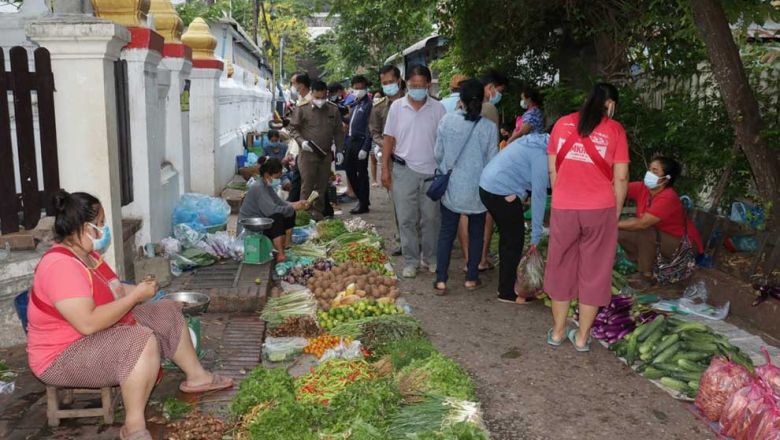Laos needs skilled young people to boost economic growth
Laos needs skilled young people to boost economic growth
The speed of aging is faster in Asia compared with the experience in Europe and the United States, according to the International Monetary Fund (IMF).
As such, parts of Asia risk becoming old before becoming rich. The region’s per capita income relative to the United States stands at much lower levels than those reached by mature advanced economies in the past.
In a global context, Asia is shifting from being the biggest contributor to the global working-age population to subtracting hundreds of millions of people from it.
Fortunately, aging is not a pressing issue for Laos since the country’s population is still young; however, the nation’s main challenge is to ensure young people are educated and obtain vocational skills so they can seek employment and contribute to economic growth.
Laos has a population of 6.5 million people, of which the majority are young people who are important for boosting economic growth.
Nevertheless, Lao economists expressed concerns about younger people, particularly new graduates who are struggling to find jobs.
With a large proportion of the population being young the country will benefit once they are in employment.
Lao Prime Minister Thongloun Sisoulith addressed the World Economic Forum in Cambodia last month, highlighting opportunities and challenges for Laos to further benefit from the regional integration.
The PM stressed the importance of education and skilled labour development for younger people as a way to help seek employment.
Another challenge for Laos is that slowing productivity remains pressing. The country’s economic growth has relied heavily on the exploitation of natural resources.
But to succeed in Asean economic integration Laos needed to change the structure of production towards value added manufacturing and services, according to the IMF.
This requires important reforms in the business environment, along with education and training, to bring the workforce into more productive employment. In addition, putting in place the conditions for a more flexible exchange rate in the medium-term will help with the eventual diversification of the economy.
This includes developing local money, foreign exchange and government debt markets to support the implementation of an active monetary policy framework. Improving access to financial services for individuals and small firms will also help maintain robust growth.
For many countries in Asia their per capita income (benchmarked against the United States) on current trends would be much lower than that reached by advanced economies at a similar peak in their aging cycle, according to the IMF.
Slowing productivity growth since the global financial crisis, which kept the region from catching up with the United States and other countries at the technological frontier, has made matters worse. The slowdown has been most severe in the advanced economies of the region. Without reforms, productivity growth will likely remain low for some time, with headwinds from rapid aging becoming increasingly important.















